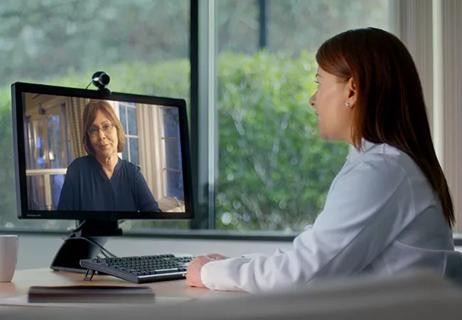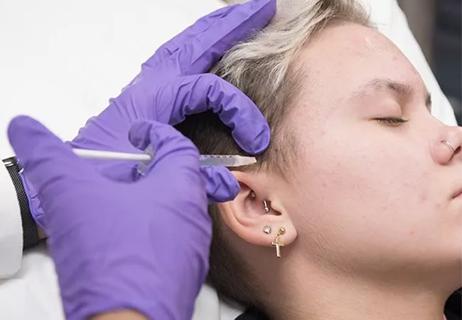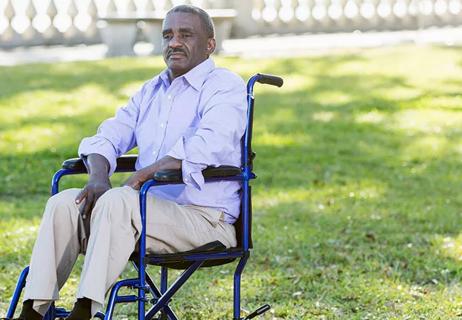Podcast and video explain Dr. Andre Machado’s pioneering procedure
“What we are trying to do is help the areas of the brain around the stroke — the areas spared by the stroke — take up some of the function of the area that was lost as a consequence of the stroke.” That’s how Cleveland Clinic neurosurgeon Andre Machado, MD, PhD, explains the objective of his recent first-in-human implantation of deep brain stimulation (DBS) electrodes in the brain of a stroke survivor for purposes of motor recovery, as detailed in this earlier Consult QD post.
Advertisement
Cleveland Clinic is a non-profit academic medical center. Advertising on our site helps support our mission. We do not endorse non-Cleveland Clinic products or services. Policy
Dr. Machado’s description is from a recent podcast on the pioneering surgery that he recorded with the Cleveland Museum of Natural History. While the half-hour conversation is geared to the scientifically literate layperson, insights abound even for health professionals as Dr. Machado explains what prompted him to begin exploring DBS for stroke, the neuroethics of new DBS applications, and details of the larger trial this initial surgery has launched. And it’s a great general introduction to DBS for curious patients. Check out the podcast here.
For a more visual — and much shorter — overview of this unprecedented approach, watch the one-minute video below explaining the rationale behind DBS for stroke rehabilitation. This video, complete with footage from the procedure and animated illustrations, was used to recognize the procedure as a top “Innovation for Future Care Delivery” by Cleveland Clinic CEO and President Toby Cosgrove, MD, at his recent State of the Clinic 2016 address.
Advertisement
Advertisement

A noninvasive approach to map eloquent areas before surgery

Physician reimbursement policy experts join forces with IT and coders to enable digital transformation

Minority Stroke Program focuses on outreach to racial and ethnic minority communities

Excellent response seen with ongoing use in patients as young as 11

Q&A with a psychiatrist in Cleveland Clinic’s Transgender Surgery and Medicine Program

Time constraints, language barriers, substance misuse, mood disorders targeted for improvements

Project draws $1.6M to leverage telemedicine to create medical home, ease transition to adult care

Comorbid depression is only one of the likely warning signs